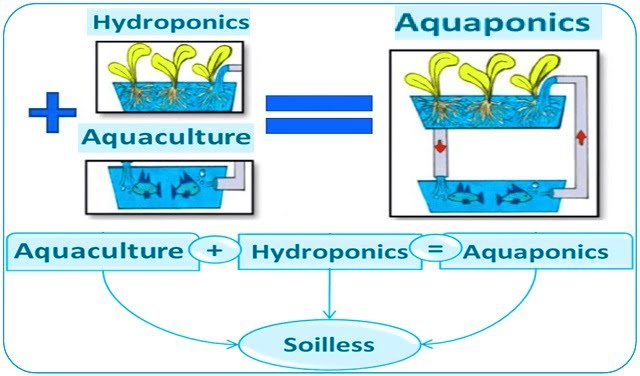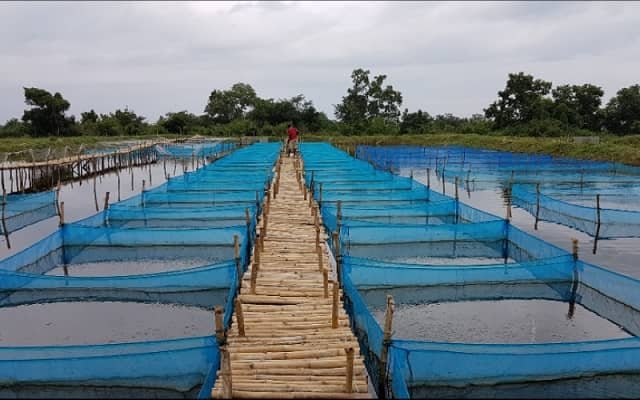
The global seafood market is booming, with exports increasing from approximately USD 55 billion in 2003 to over USD 156 billion in 2021. Developing countries are key players in this market, accounting for more than half of global seafood exports. This presents significant economic opportunities, including poverty reduction at the local level.
However, capitalizing on these benefits is not straightforward. Developing countries face growing demands from international buyers, particularly concerning food safety, product quality, and labor standards. Meeting these requirements is crucial for maintaining market access and capturing higher value.
A recent study by Borworn Tanrattanaphong, published in Humanities & Social Sciences Communications, analyzes how seafood value chain upgrading impacts the export success of developing countries.
Understanding Value Chain Upgrading
Value chain upgrading refers to the process by which firms or countries improve their position and capabilities within a global production network to capture more value. The study focuses on two main types:
Economic Upgrading (ECU)
Improving economic activities. This includes:
- Product Upgrading: Shifting to higher-value or better-quality products. Example: Exporting value-added processed seafood instead of just raw fish.
- Process Upgrading: Making production processes more efficient or compliant with standards. Example: Implementing new technologies to meet international food safety regulations.
- Functional Upgrading: Moving into higher-value functions within the chain. Example: Transitioning from basic production to engaging in branding or distribution.
- Inter-sectoral Upgrading: Applying knowledge from one chain to move into another (less relevant for this analysis).
Improving workers’ rights, wages, and working conditions. Example: Adhering to fair labor practices and enhancing workplace safety.
Which Upgrades Matter Most for Seafood Exports?
The study, using data from 2003-2021 for major developing seafood exporters like Chile, China, India, Indonesia, Morocco, Russia, Thailand, and Vietnam, analyzed the impact of these upgrades on exports to both developed and developing countries.
Key Findings:
Stay Always Informed
Join our communities to instantly receive the most important news, reports, and analysis from the aquaculture industry.
- Product Upgrading is Crucial: Consistently, improving product quality and value (product upgrading) showed a significant positive impact on seafood exports to both developed and developing countries. This suggests that focusing on quality and value-addition is fundamental for maintaining and increasing exports globally.
- Process Upgrading: A Mixed Picture Improving production processes (process upgrading) yielded mixed results. While it positively impacted exports for some countries (like India and Russia to developed countries), it negatively affected others (like Chile and China to developed countries), possibly due to increased production costs associated with meeting strict standards. The impact was generally less pronounced and often negative for exports to other developing countries.
- Functional Upgrading: Less Consistent Impact Moving into higher-value functions (functional upgrading, proxied by foreign direct investment outflows) also showed inconsistent positive and negative effects, varying significantly by country and export destination. Its overall impact seemed less significant than product or process upgrading, possibly because lead firms in value chains sometimes limit suppliers’ roles.
- Social Upgrading: Important, Especially for Developed Markets Improving social standards (social upgrading, proxied by the Human Development Index) significantly impacted exports, particularly to developed countries. However, the effect could be positive (e.g., India, Morocco, Russia to developed countries) or negative (e.g., China, Indonesia, Thailand to developed countries). The negative impact likely stems from increased costs (like higher wages), which could reduce cost competitiveness. Social upgrading had less impact on exports to developing countries.
Implications for Developing Countries
Based on these findings, the study suggests key policy guidelines:
- Prioritize Product Upgrading This is the most consistent driver of export success across all markets. Focus on producing higher-quality, more sophisticated, and value-added seafood products. Investment in research and development is key.
- Strategically Support Process Upgrading While necessary for meeting standards, potential cost increases must be considered. Governments could offer financial support to firms, particularly SMEs, to adopt new processes and technologies without harming competitiveness.
- Carefully Consider Functional Upgrading Policies supporting functional upgrading require careful assessment as impacts vary considerably. It may not be the most effective path for all seafood exporters.
- Invest in Social Upgrading Meeting social and labor standards is increasingly important, particularly for accessing developed country markets. However, governments should consider support programs to help firms manage associated cost increases and maintain competitiveness.
Conclusion
For developing countries seeking to maximize benefits from the global seafood trade, strategic value chain upgrading is essential. While enhancing product quality and value offers the clearest path to export growth, policies supporting process, functional, and social upgrading must be carefully designed and implemented to balance market demands with maintaining cost competitiveness.
Contact
Borworn Tanrattanaphong
Kasetsart University
Bangkok, Thailand
Email: borworn.t@ku.th
Reference (open access)
Tanrattanaphong, B. (2025). Value chain upgrading and seafood exports: Lessons from developing countries. Humanities and Social Sciences Communications, 12(1), 1-11. https://doi.org/10.1057/s41599-025-04790-3
Editor at the digital magazine AquaHoy. He holds a degree in Aquaculture Biology from the National University of Santa (UNS) and a Master’s degree in Science and Innovation Management from the Polytechnic University of Valencia, with postgraduate diplomas in Business Innovation and Innovation Management. He possesses extensive experience in the aquaculture and fisheries sector, having led the Fisheries Innovation Unit of the National Program for Innovation in Fisheries and Aquaculture (PNIPA). He has served as a senior consultant in technology watch, an innovation project formulator and advisor, and a lecturer at UNS. He is a member of the Peruvian College of Biologists and was recognized by the World Aquaculture Society (WAS) in 2016 for his contribution to aquaculture.




